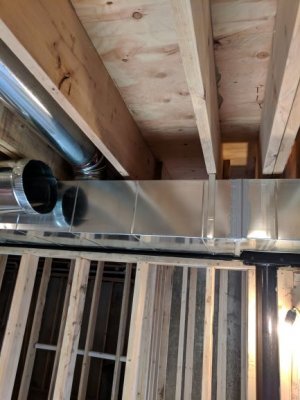I've been running a 1.5" bean animal setup on my 300 w/ 100g sump for about 4 years. I run about 700gph through my sump and have no plans to ever increase that amount. I overbuilt the bean animal after reading through both of these threads and tons of others.
The drop from tank to sump is about 4'.
I'm building a new 300 tank and setting up a new bean animal. James, with Envision, suggested 1" siphon and open channel with a 1.5" emergency would be plenty.
The flow charts I saw show that 1" at full siphon will give me 960gph min up to 2200gph at average pressure.
Does anyone see any issues with going with 1"?
Thanks!
The drop from tank to sump is about 4'.
I'm building a new 300 tank and setting up a new bean animal. James, with Envision, suggested 1" siphon and open channel with a 1.5" emergency would be plenty.
The flow charts I saw show that 1" at full siphon will give me 960gph min up to 2200gph at average pressure.
Does anyone see any issues with going with 1"?
Thanks!
Last edited:





